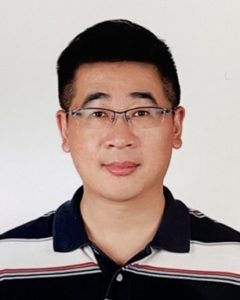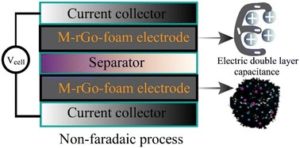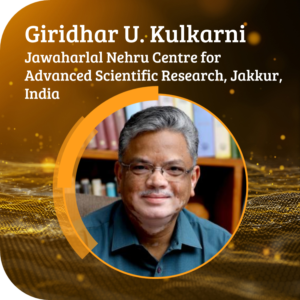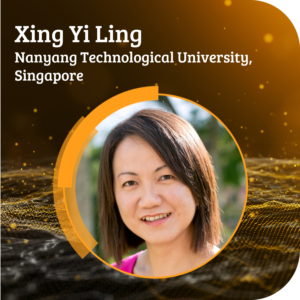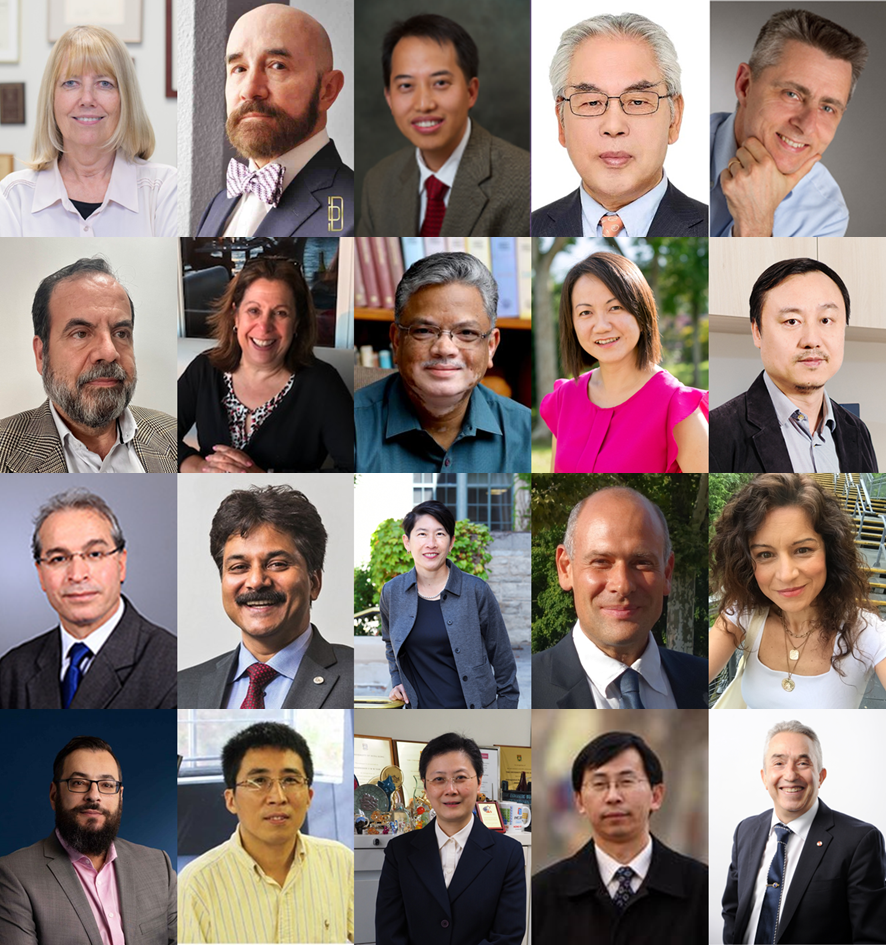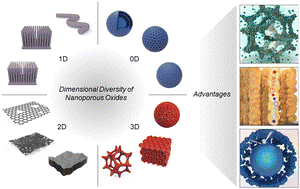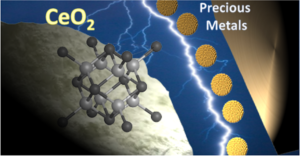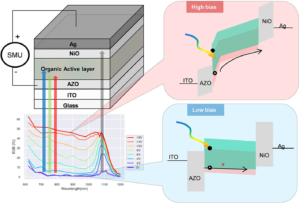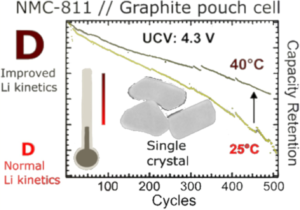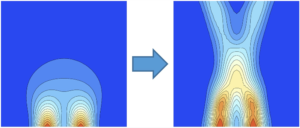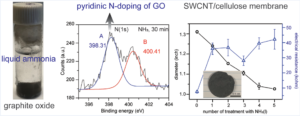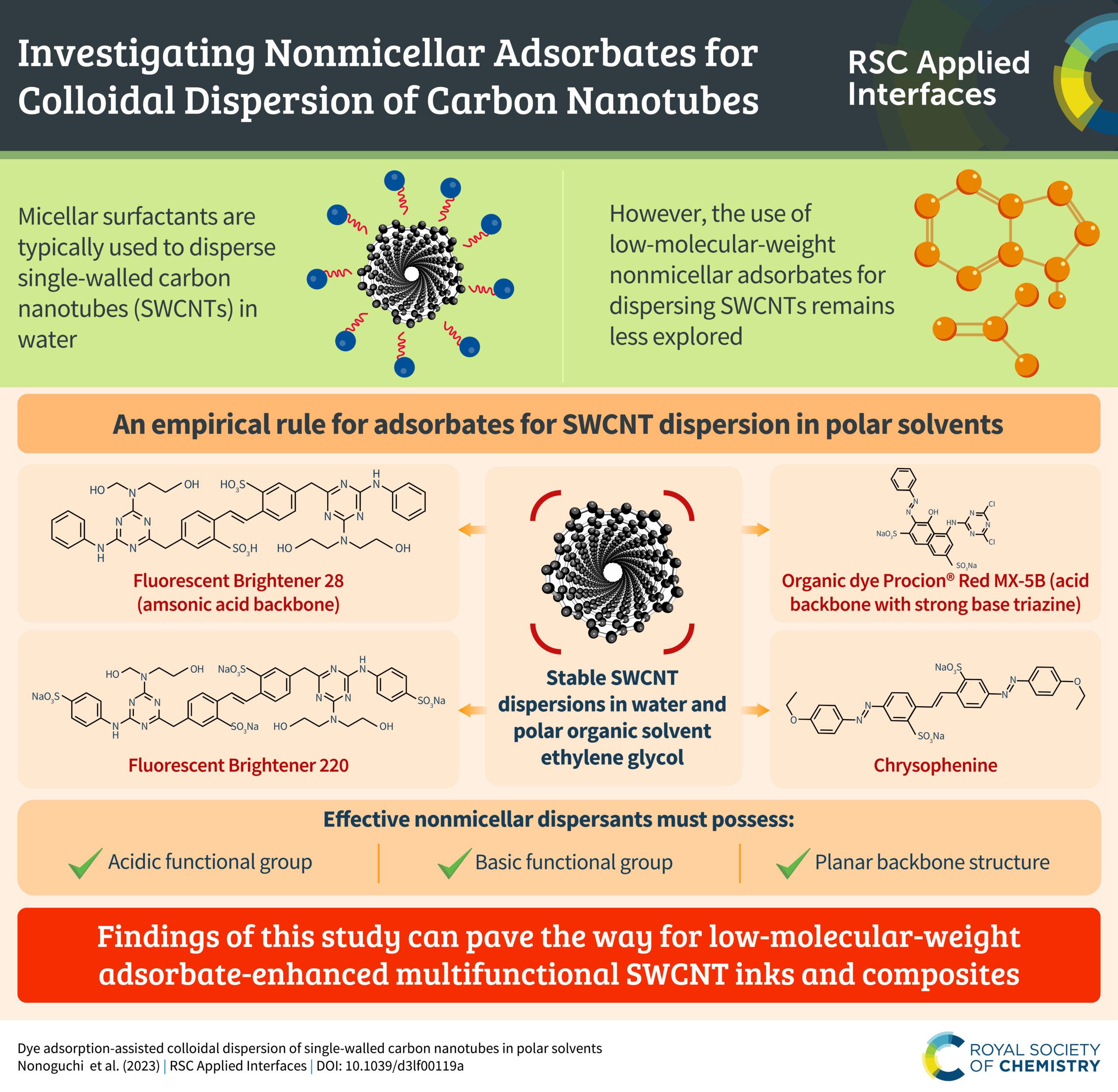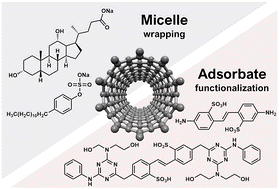
Meet some of our Advisory Board members who work in electronics, photonics and optoelectronics
In February, we introduced our inaugural Advisory Board for RSC Applied Interfaces. Each month, we will be shining a spotlight on some of our new Advisory Board members and highlighting their current research interests.
This week we are delighted to introduce Clara Santato, Vivian W.-W. Yam and Malik Maaza as members of our inaugural Advisory Board.

Clara Santato is a Professor in the Department of Engineering Physics at Polytechnique Montreal. Dr Santato’s key achievements include her seminal work on WO3-catalysed water photoelectrolysis for hydrogen (H2) production, her work on organic (carbon-based) electronics, specifically on Organic Thin Film Transistors, her work on mixed electronic-ionic transport properties and biodegradability of the biopigment melanin. Clara is the PI of a Canada-wide Collaborative Research and Training Experience in Sustainable Electronics and Eco-Design (CREATE SEED, 2020-2027) initiative, funded by NSERC, bringing together some 20 universities and industrial partners in Canada and abroad.
Clara Santato will be speaking about her latest research at our free, one-day symposium in Seattle on 24 April 2024.
Find out more on our Events page.
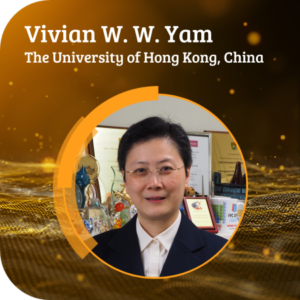
Vivian W.-W. Yam obtained both her BSc (Hons) and PhD from The University of Hong Kong, and is currently the Philip Wong Wilson Wong Professor in Chemistry and Energy and Chair Professor of Chemistry at The University of Hong Kong. She was elected to Member of Chinese Academy of Sciences, International Member (Foreign Associate) of US National Academy of Sciences, Foreign Member of Academia Europaea, Fellow of TWAS and Founding Member of Hong Kong Academy of Sciences. She was Laureate of the 2011 L’Oréal-UNESCO For Women in Science Award. Her research interests include inorganic/organometallic chemistry, supramolecular chemistry, photophysics and photochemistry, and metal-based molecular and nano-assembled functional materials for sensing, organic optoelectronics and energy research.

Malik Maaza is a Professor at the University of South Africa (UNISA). His research interests include nanotechnologies, nanophotonics, and photo-active nanomaterials. Professor Maaza is also interested in smart coatings for IR optical modulation and nanoplasmonics, biogenic nanoparticles and green nanochemistry, as well as neutron research reactors, neutron, X-rays scattering and nuclear based techniques.
Please join us in welcoming our new Advisory Board members to the journal community!






